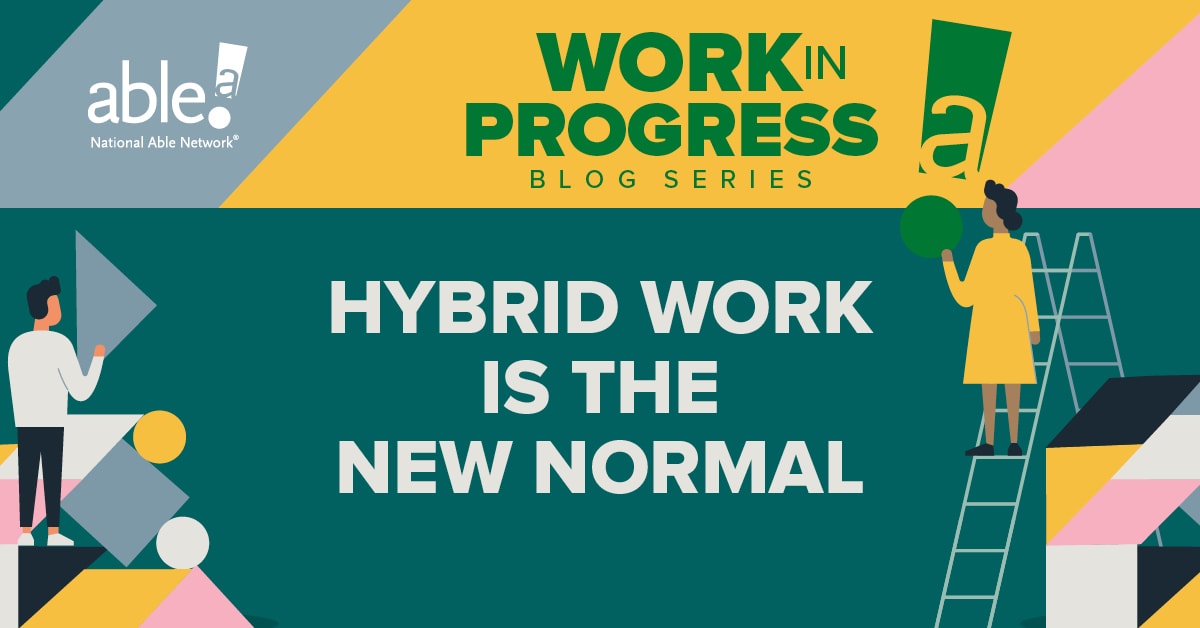The Covid-19 pandemic prompted massive societal changes, from a volatile economy, to lower income inequality, to wider acceptance of hybrid work.
Hybrid work is an arrangement where employees split their work between the office and their homes. Common schedules might be working from the office on Tuesdays and Thursdays, for example, and working from home the rest of the week. Tuesdays in particular have emerged as the most favored day to work from the office for many employees.
Hybrid and fully remote work existed prior to the pandemic but were not utilized nearly to the extent they are now. Since the pandemic forced offices to close many businesses experimented with large-scale fully remote work, an experiment which was successful, as productivity remained — and continues to remain — high even as employees were not in the office.
As the pandemic took its twists and turns employers made several pushes to return to work: first, in the autumn of 2020, then in the spring and summer of 2021, and so on. Many of these attempts were thwarted by resurgences of the virus and only entrenched hybrid culture among employees.
Now, in the fourth quarter of 2023, hybrid work is becoming the norm. The Harvard Business Review reports that U.S.-based executives predict that by 2028, 16.3 percent of employees will be in hybrid roles (that number is currently 14.1 percent). The Review also notes:
While the future extent of remote work remains uncertain, there’s little chance we will see a big return to the office. Remote technologies will only get better, and employees will gravitate to firms with more flexible policies.
Matt Weis, CEO of National Able Network, largely agrees. “Flexible remote work is here to stay,” he said. “When I speak to employees, no matter what team they are on, most of them express a preference to work from home at least part of the time. If we can offer that benefit to our teams, we will.”
Hybrid work benefits employees beyond saving time on their commutes. According to a Cisco report, hybrid work arrangements increase sustainability, reduce business travel and commutes, increase productivity, and benefit employees’ mental health.
These findings are borne out by the data, too. Fifty percent of midlevel employees prefer to work from home and 44 percent of senior employees (i.e., management) do as well. But only 6 percent of junior employees prefer to work from home, signaling that workers who are just starting their career value the face time and connections an office provides vis-à-vis remote work.
Workers looking for a hybrid setup in Chicago are in luck. The city’s office scene is especially friendly to hybrid work: according to Crain’s, 40 percent of jobs in Chicago can be performed remotely, compared to a national average of 32 percent.
As far as visible effects of the pandemic go, the shift to hybrid work is one of the most prominent. It’s the new normal, and it’s not going anywhere anytime soon.

